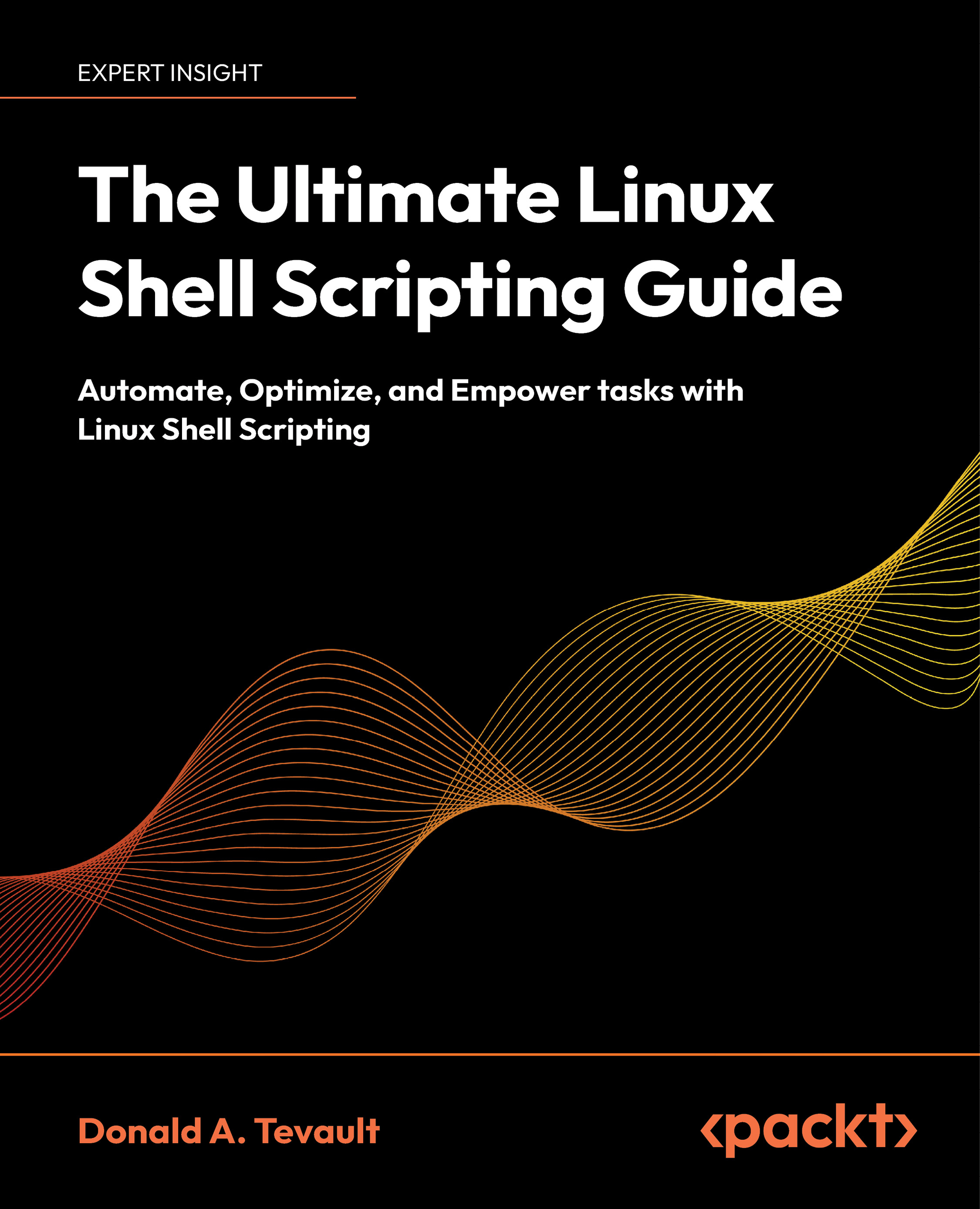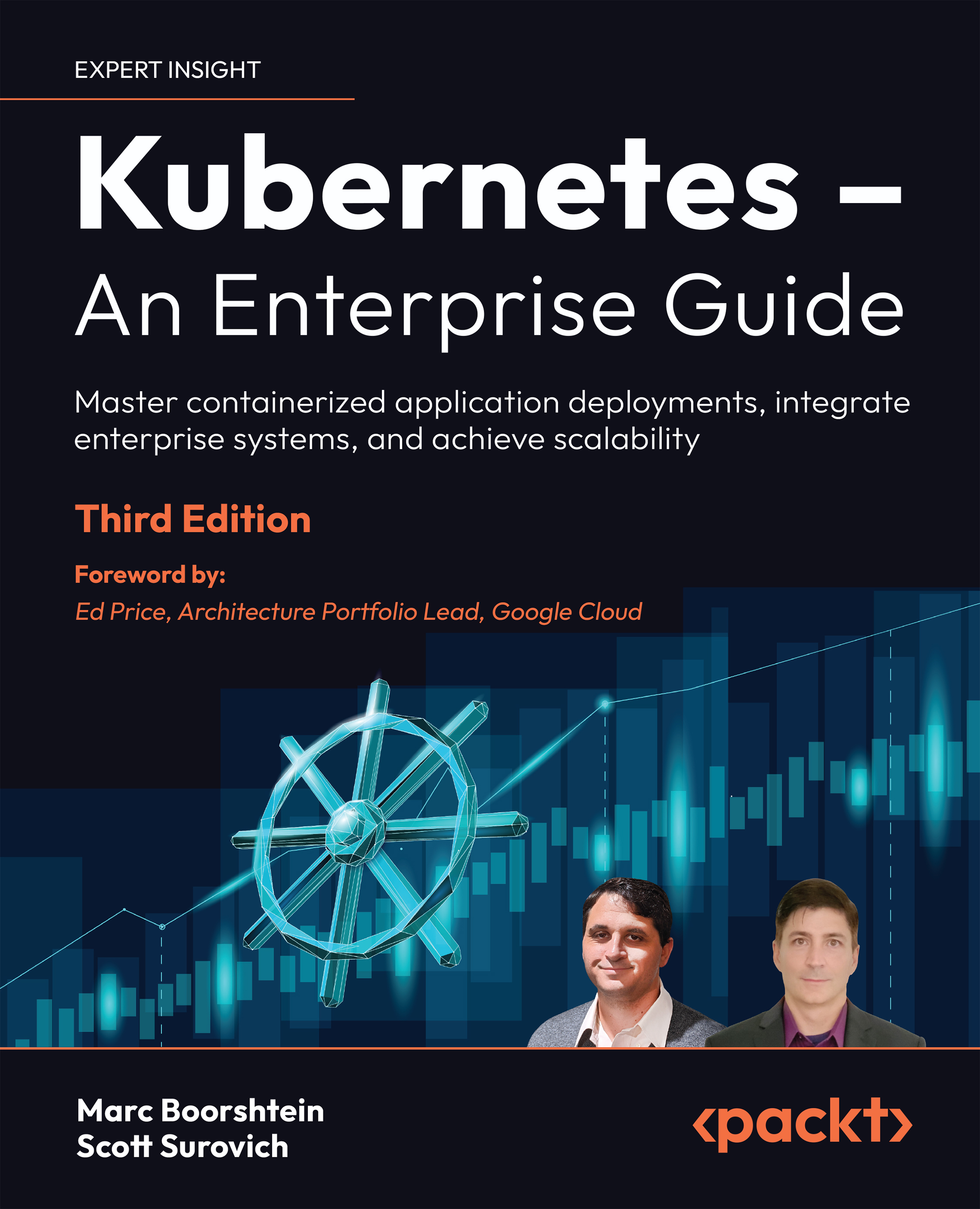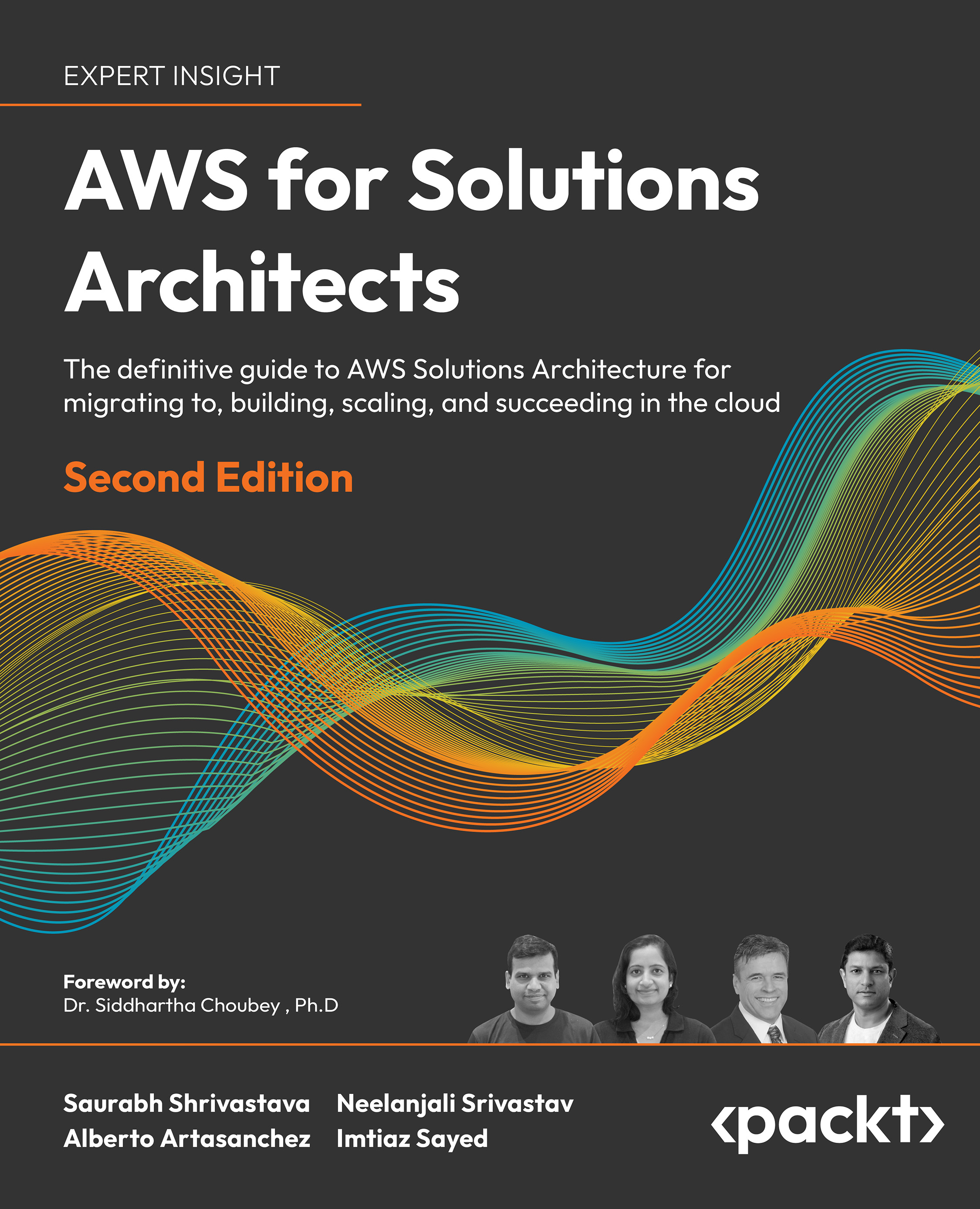IIS 10.0 is the latest version of Internet Information Services (IIS), which is an extensible web server developed by Microsoft. IIS 10.0 was introduced with Windows Server 2016 and Windows 10. The new features of IIS 10.0 are HTTP/2, IIS on Nano Server, Wildcard Host Headers, and PowerShell 5 cmdlets, and so on. In addition, it supports all the previously supported features: HTTP, HTTPS, SMTP, SNMP, FTP, and FTPS.
The recipes in this chapter will primarily focus on the integration of IIS 10.0 with Windows Server 2016.
We will start with some basic information about IIS 10.0. After that, we will integrate IIS 10.0 with Windows Server 2016 and configure and test our first sample web page.
In this recipe, we will understand how to work with IIS 10.0's new features. We will have an overview of the following new features added to IIS 10.0:
HTTP/2 requests are now faster than ever. This feature is active by default with IIS 10.0 on Windows Server 2016 and Windows 10.
IIS 10.0 is easy and quick to install on Nano Server. You can manage IIS 10.0 remotely with PowerShell or the IIS Manager console. Nano Server is much faster, and consumes less memory and disk space that the full-fledged Windows Server. Rebooting is also faster so that you can manage time effectively.
IIS 10.0 support the subdomain feature for your parent domain name. This will really help you manage more subdomains with the same primary domain name.
IIS 10.0 adds a new, simplified PowerShell module for quick and easy management. You can use PowerShell to access server-management features remotely. It also supports existing WebAdministration cmdlets.
FTP is a simple protocol for transferring files. This system can transfer files inside your company LAN and WAN using the default port, 21. IIS 10.0 includes an FTP server that is easy to configure and manage.
FTPS is the same as FTP, with the only difference that it is secure. FTPS transfers data with SSL. We are going to use HTTPS port 443. For this, we need to create and install an SSL certificate that encrypts and decrypts data securely. SSL ensures that all data passed between web server and browser remains private and consistent during upload and download over private or public networks.
IIS 10.0 allows you to create multiple websites and multiple applications on the same server. You can easily manage and create a new virtual directory located in the default location or a custom location.
IIS 10.0 makes it easy to manage and create the virtual directories you require.
Basic requirements of IIS 10.0
Before we run our web server either in operations or staging mode, we have to plan it. What type of website and application are we going to publish? For example, our website needs a server that supports .NET framework 4.5 on IIS 10.0. We need to know the supported operating system and hardware requirements.
Let's take a look at the requirements in detail.
The following subsections detail the estimated system requirements for Windows Server 2016. If your computer has less than the minimum requirements, you will not be able to install this product correctly. Actual requirements will vary based on your system configuration and the applications and features you install. Unless otherwise specified, these minimum system requirements apply to all installation options (Windows 2016 Server Core, Windows Server 2016, Nano Server, and Windows 10) and both the Standard and DataCenter editions. IIS 10.0 Express supports Windows 7 Service Pack 1, Windows 8.1, Windows 8, Windows Server 2008 R2, Windows Server 2012, Windows Server 2012 R2, Windows 10, and Windows Server 2016.
Note
For the best results, conduct test deployments to determine the appropriate system requirements for your particular deployment scenario.
Let's look at the minimum hardware requirements to run Windows Server 2016 and Windows 10:
- Processor: 1.4 GHz 64 bit
- RAM: 2 GB for 64-bit OSes
- Hard disk space: 32 GB
- Processor/SoC: 1 GHz
- RAM: 1 GB for 32-bit or 2 GB for 64-bit OSes
- Hard disk space: 16 GB for 32-bit or 20 GB for 64-bit OSes
- Graphics card: DirectX 9 with the WDDM 1.0 driver
IIS 10.0 installation requires operating system media. While installing IIS 10.0 on Windows Server 2016, sometimes, it asks for the operating system media for required files. We have to insert the media either in CD or USB drive form.
To install IIS 10.0 Express only, we need the IIS 10.0 Express software, which is available on the Microsoft IIS website (https://www.microsoft.com/en-us/download/details.aspx?id=48264). You only need the software and an Internet connection.
 United States
United States
 Great Britain
Great Britain
 India
India
 Germany
Germany
 France
France
 Canada
Canada
 Russia
Russia
 Spain
Spain
 Brazil
Brazil
 Australia
Australia
 South Africa
South Africa
 Thailand
Thailand
 Ukraine
Ukraine
 Switzerland
Switzerland
 Slovakia
Slovakia
 Luxembourg
Luxembourg
 Hungary
Hungary
 Romania
Romania
 Denmark
Denmark
 Ireland
Ireland
 Estonia
Estonia
 Belgium
Belgium
 Italy
Italy
 Finland
Finland
 Cyprus
Cyprus
 Lithuania
Lithuania
 Latvia
Latvia
 Malta
Malta
 Netherlands
Netherlands
 Portugal
Portugal
 Slovenia
Slovenia
 Sweden
Sweden
 Argentina
Argentina
 Colombia
Colombia
 Ecuador
Ecuador
 Indonesia
Indonesia
 Mexico
Mexico
 New Zealand
New Zealand
 Norway
Norway
 South Korea
South Korea
 Taiwan
Taiwan
 Turkey
Turkey
 Czechia
Czechia
 Austria
Austria
 Greece
Greece
 Isle of Man
Isle of Man
 Bulgaria
Bulgaria
 Japan
Japan
 Philippines
Philippines
 Poland
Poland
 Singapore
Singapore
 Egypt
Egypt
 Chile
Chile
 Malaysia
Malaysia


















